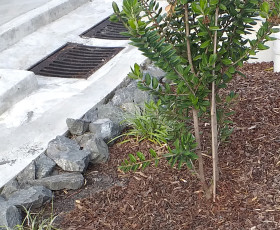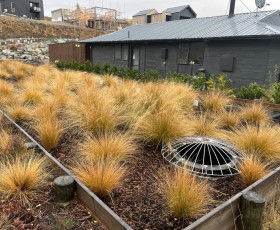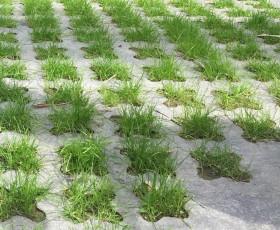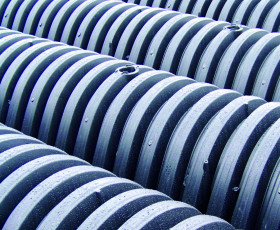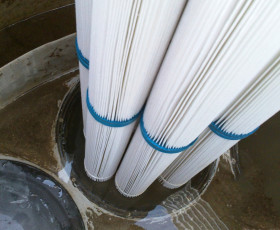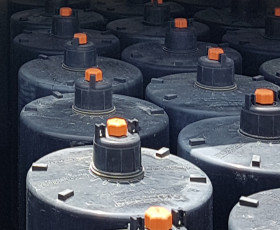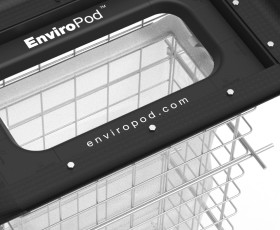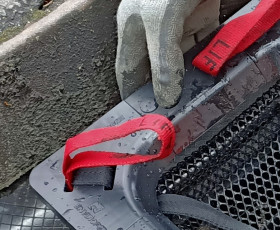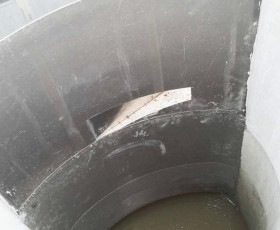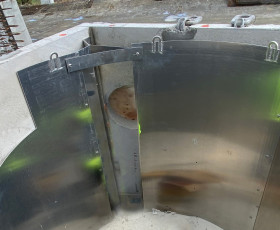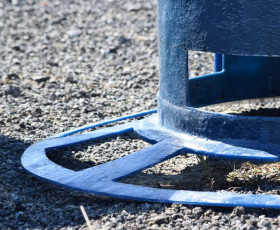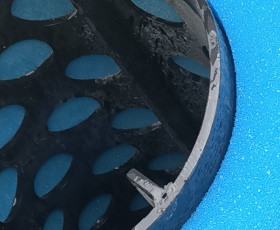Stormwater management plays a critical role in protecting the environment and ensuring compliance with regulatory standards. Two key terms often encountered in this context are stormwater certifications and stormwater verifications. While these terms may sound similar, they have distinct meanings and purposes. Let's delve into the differences between stormwater certifications and verifications:
Verification: Confirming Protocol Adherence
Verification involves confirming the truth or accuracy of something, such as verifying if a study has followed the prescribed protocol. In the realm of stormwater management, verification programs are designed to assess adherence to specific standards or regulatory requirements.
Some examples of verification programs include:
• British Water – Laboratory
• Dibt (Germany) - Laboratory
• SQIDEP (Australia) – Field and Body of Evidence
• CSETV (Canada) – Lab and Field
• NJCAT (USA) – Laboratory
• STEPP (USA) – ASTM International – Laboratory & Field (Gold Standard)
Certification: Compliance with Standards
On the other hand, certification programs verify compliance with specific standards or regulatory requirements. Conditions can be added to certifications based on the outcomes of the verification process.
Examples of certification programs include:
• New Jersey DEP (USA) – Laboratory
• Washington TAPE (USA) – Field (The GOLD Standard)
The Washington TAPE is GOLD STANDARD it is the most thorough and robust. As a general rule, the TAPE comprises a finer PSD than that typically encountered in New Zealand. Therefore, the adoption of the TAPE would be a conservative approach for New Zealand. Using the TAPE with a PSD representative of local soils for specific regions will most likely see MTDs perform better and give a more realistic indication for an MTDs performance in areas of New Zealand.
Read more about the comparison of different protocols in our article HERE.
